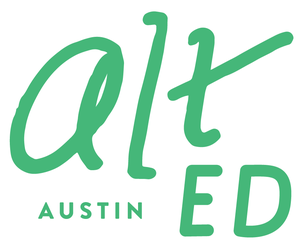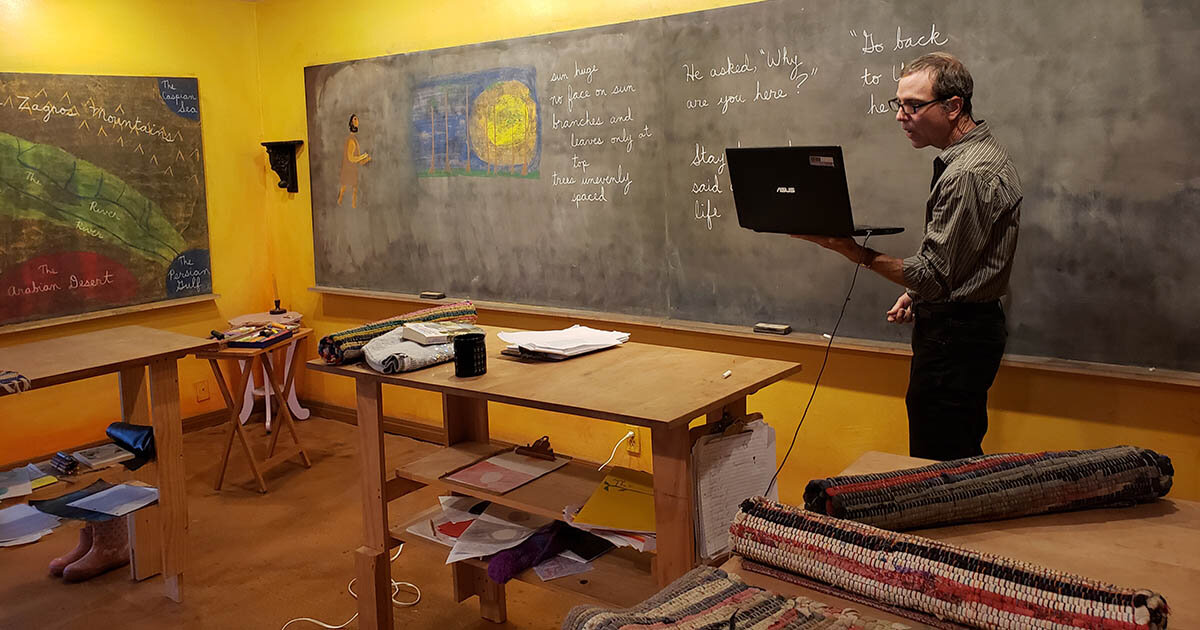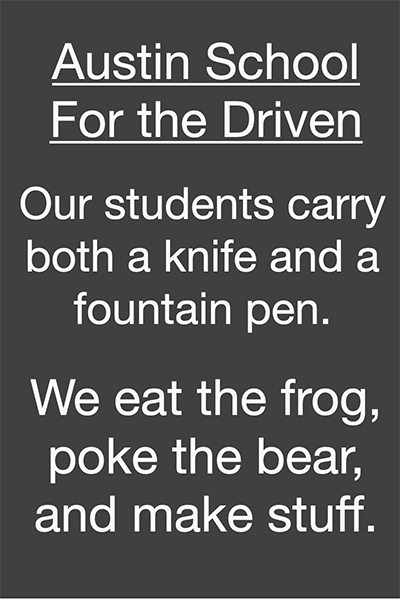Is your child highly sensitive?
/Laura Sanders, MA, LPCA, is a licensed counselor, EMDR trauma therapist, author, and mindfulness teacher specializing in working with highly sensitive children and adults at her private practice, Cosmic Heart Counseling, in South Austin and online. We’re happy to welcome her as a guest contributor to the blog with two companion pieces this week to help parents and educators better understand and support highly sensitive children.
Photo by Ksenia Makogon on Unsplash
High sensitivity is a form of neurodivergence that is gaining in recognition and popularity. An highly sensitive person (HSP) is just that—highly sensitive. Their ability to tolerate sensory information and emotions is smaller than that of others, leading to overwhelm. A highly sensitive person has a finely tuned nervous system that can prime them for anxiety and stress. Without positive coping skills, this sensitivity can be overwhelming and lead to a host of behavioral issues in childhood and beyond.
With knowledge, understanding, and positive coping skills, sensitivity can be a superpower! Although navigating the challenges of sensitivity can be difficult, your child’s sensitivity can wield multiple gifts, including creativity, empathy, and even intuition.
Many adults are becoming aware of and owning their sensitivity, gaining coping skills, and thriving. For children, it can be more difficult as their brains, bodies, and nervous systems are constantly growing and changing. They have little control over their daily activities, foods they eat, and clothing they wear. An HSP child is even more vulnerable to the environment as exposure to even small amounts of stimulus may be too much.
To a neurotypical (NT) adult, the sensitive child might seem over reactive, overemotional, and dramatic. To the NT parent, the child is having an absolute meltdown because they don’t want to wear the shirt that was picked out for them. To the child, the physical body has become so incredibly uncomfortable that it causes stress hormones to spike. In turn, the child’s nervous system is activated, and they are flooded with emotions that they don’t know how to process. Screaming ensues.
To sensitive children, the world can seem entirely overwhelming. They may recognize that they respond differently to the world than their peers and not understand why. Arming them with knowledge, tools for self-care, and nervous system regulation at an early age can change the trajectory of their lives so they can use sensitivity as a superpower and avoid having to go through so much heartache.
Image by Rod Long on Unsplash
So, how do you know if your child is highly sensitive? Here are some signs that might indicate your child has a finely tuned nervous system and might need some additional tools to thrive in our crazy world.
Sensitivity is threefold—physical, emotional, and energetic. Physical sensitivity affects the five senses: touch, taste, sound, smell, and sight. When any of these senses start to get overwhelmed, a highly sensitive person’s nervous system detects a threat and goes into hyperdrive.
Here are some physical sensitivity signs that your child might be an HSP:
allergies to perfumes and other synthetic fragrances in detergents, scented candles, and even dishwashing soap
an aversion to certain types of fabrics or shapes of clothing
complaints that certain environments, video games, or television shows are too loud
multiple food allergies
proprioception or tactile sensitivity
meltdowns after time spent in big crowds or places with bright or fluorescent lights
Emotional sensitivity can look like:
crying easily
having feelings hurt easily
bursts of anger
feeling overcome when watching television and movies
feeling a high level of empathy for animals, stuffed animals, or other people
a sense of not belonging
asking deep questions or having deep thoughts
being described by others as “an old soul”
Energetic sensitivity shows up in some children and adults as:
a strong sense of overwhelm in crowded places
connection to spirituality
having an increased sense of imagination
possessing “second sight” or psychic abilities
heightened creative abilities
If you think you or your child might be a highly sensitive person, don’t worry! It’s not a mental illness, and it doesn’t mean anything is wrong. It just means that your child might need a little extra care in navigating the world. Little changes in the household can decrease sensory overload. Using fewer chemical cleaners and fragrances in the home, dimming the lights, and making time for “chilling out” in between activities can give your child’s nervous system a much-needed break.
For more tips on decreasing sensory overload, check out this blog post on Alt Ed Austin. For further information on this topic, visit therapyforsensitives.com.
Laura Sanders, MA, LPCA | Cosmic Heart Counseling































